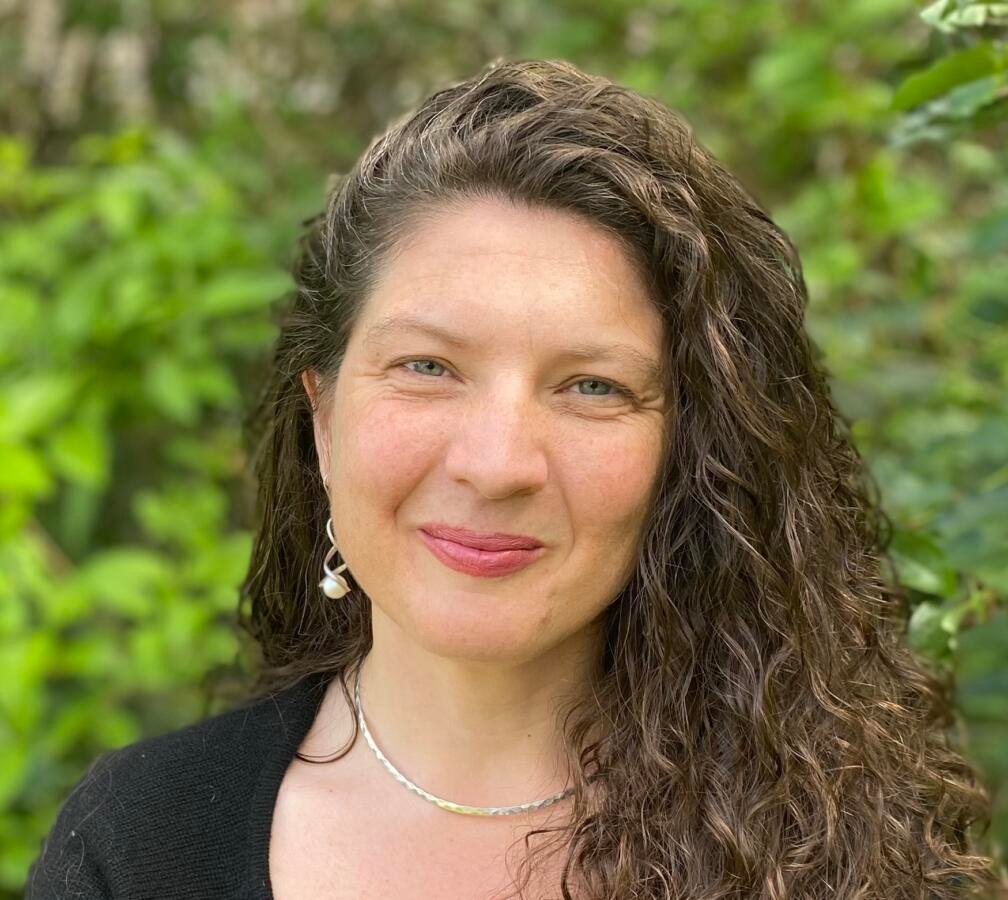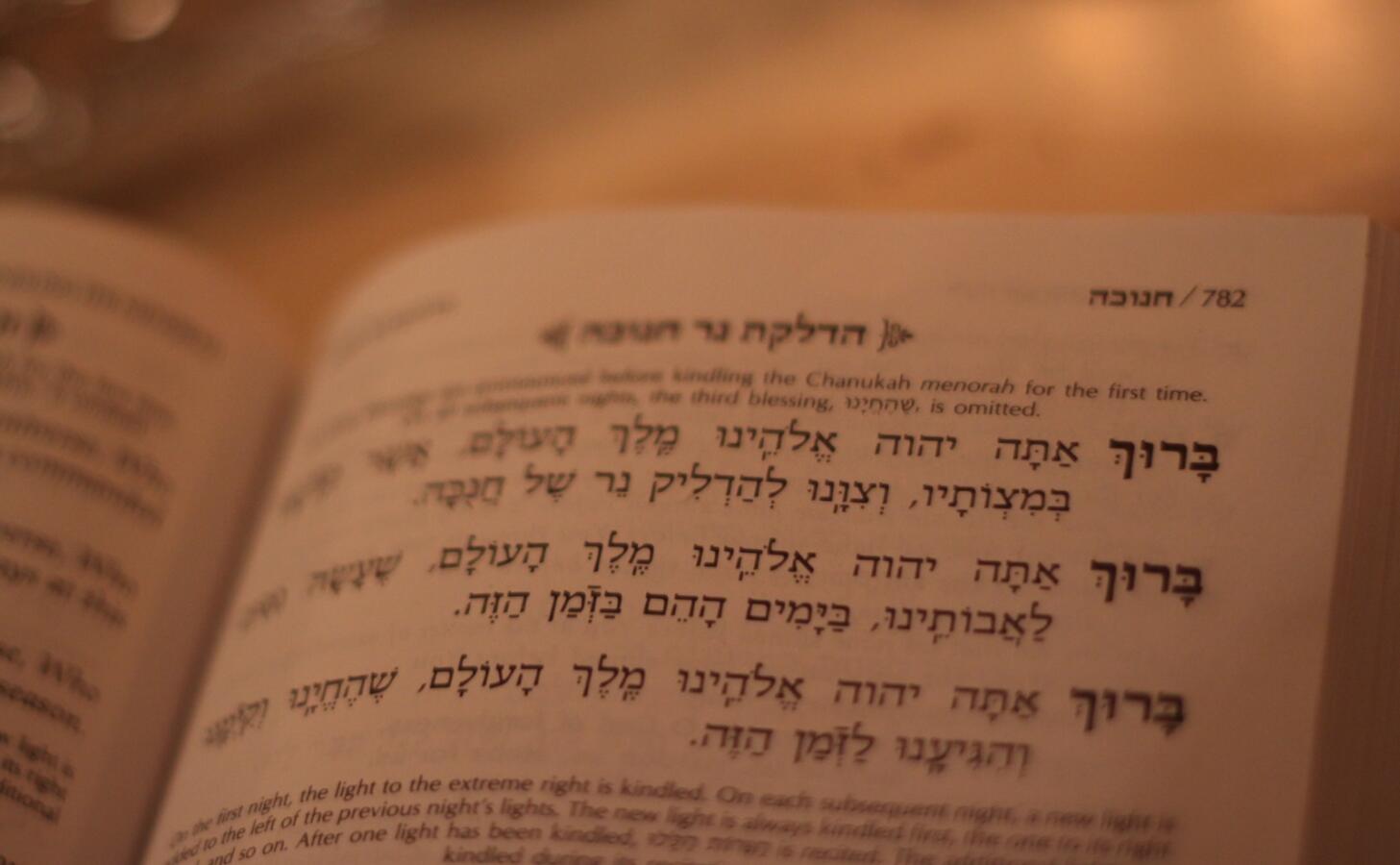Question: What is the difference between Jewish prayers and Jewish blessings?
— Michael S.
Dear Michael,
Amongst the best known phrases in Jewish culture is: Baruch atta Adonai, elohenu melech ha’olam. This translates to: “Blessed are You, Adonai, our God, sovereign of the cosmos.”
This phrase, which concludes in many different ways, is the standard Jewish formula for what is called a brakha, or blessing.
With your help, My Jewish Learning can provide endless opportunities for learning, connection and discovery.
The rabbis devoted considerable attention to blessings. In fact, the very first section of the Talmud, Tractate Berakhot, discusses both the form and content of these liturgies. Jewish blessings have some consistent characteristics: They contain both God’s name and the recognition of God’s sovereignty. They begin in the second person, addressing God directly. And they conclude in the third person, describing God with an epithet. In the Hamotzi blessing recited before eating bread, for example, the conclusion is: “the one who brings forth bread from the earth.”
The blessing formula is a major organizing principle of the siddur, or Jewish prayer book. The Amidah, the most central Jewish liturgy, is a sequence of paragraph-long blessings. And when the siddur makes use of other kinds of prayer texts, such as biblical excerpts, they are often framed by blessings that introduce, consecrate or contextualize them.
But while all blessings might be rightly described as prayers, not all prayers are blessings. Some of the oldest Hebrew prayer forms are lyric poems, such as those found in the Book of Psalms, which variously beseech, bemoan, praise or affirm God’s role in the life of the writer. The Shema, a centerpiece of daily Jewish prayer, consists of three biblical texts and no blessings. The Mourner’s Kaddish likewise contains no blessing formula. The Amidah’s peak moment is known as Kedushah, which moves beyond the human ability to bless God, invoking the angels singing “Holy! Holy! Holy!”
In recent as well as ancient times, many Jews have moved beyond scripted liturgies when they pray. Some utilize the Hasidic practice of hitbodedut, in which the individual speaks aloud, in their own language, directly to God (ideally alone, outdoors, in an unceasing stream of consciousness). Others find the most potent form of prayer to be the repetition of a single phrase, such as ein od milvado (“there is nothing besides God”). And still others move beyond words entirely and pray by singing a niggun, or wordless melody.
While blessings are inarguably a central feature of classical Jewish prayer, they are far from the totality.

Rabbi Kohenet Sarah Bracha Gershuny is a writer, ritualist, musician, healer and teacher.



